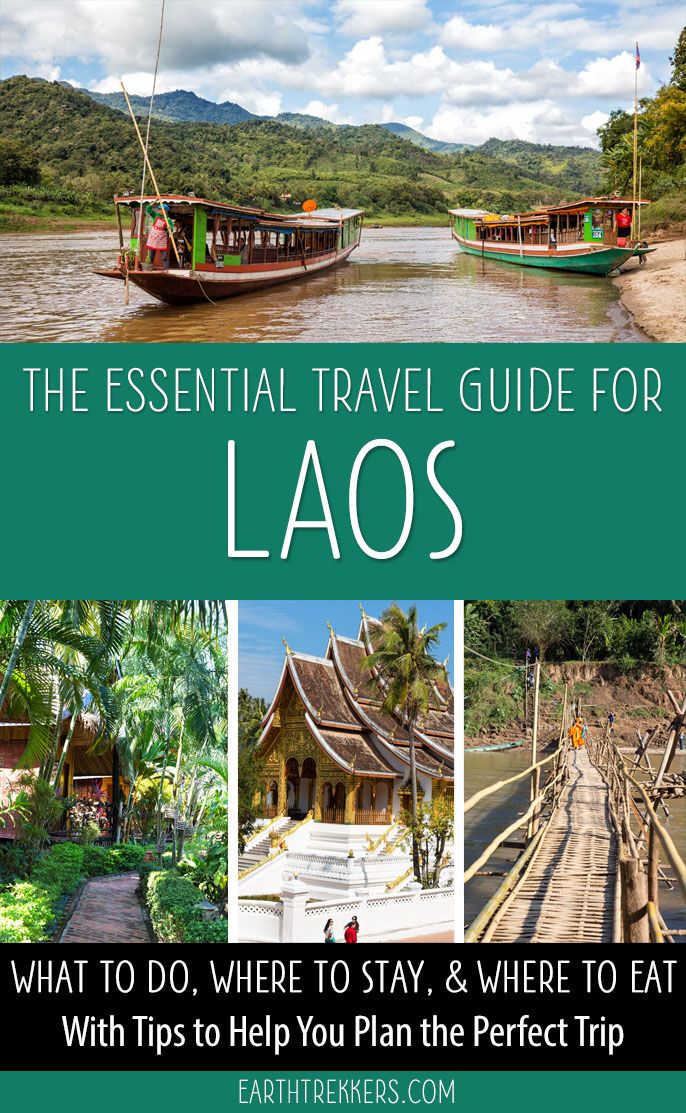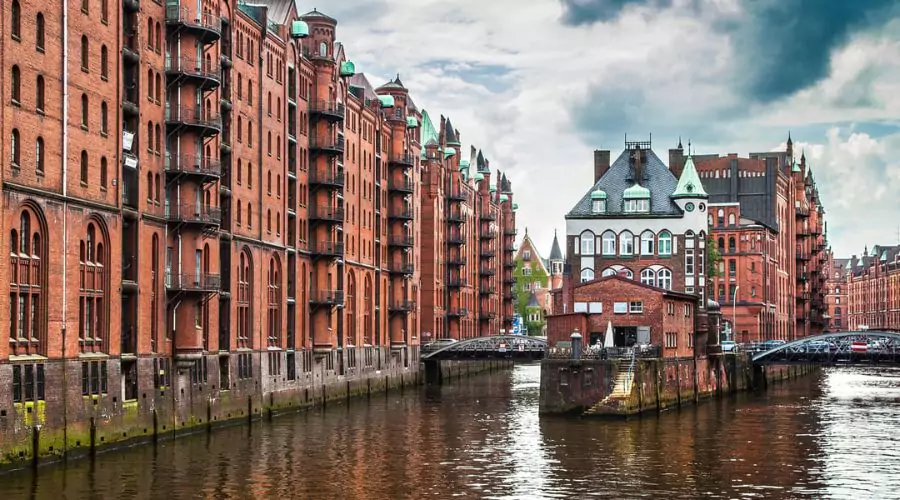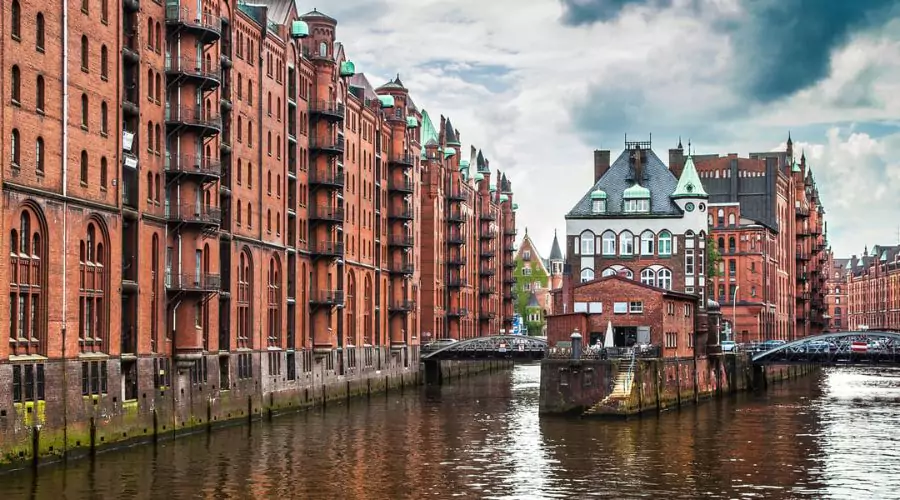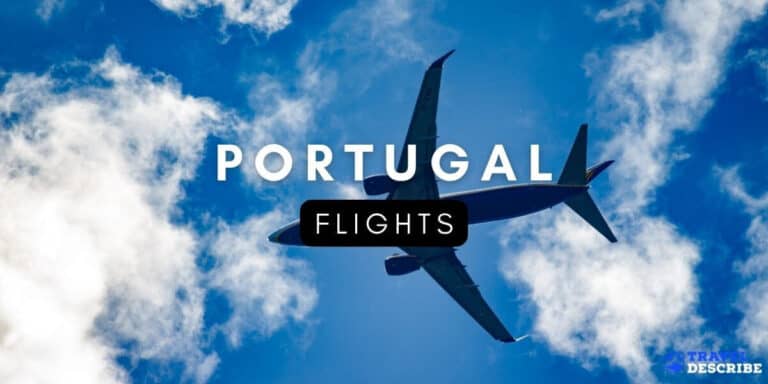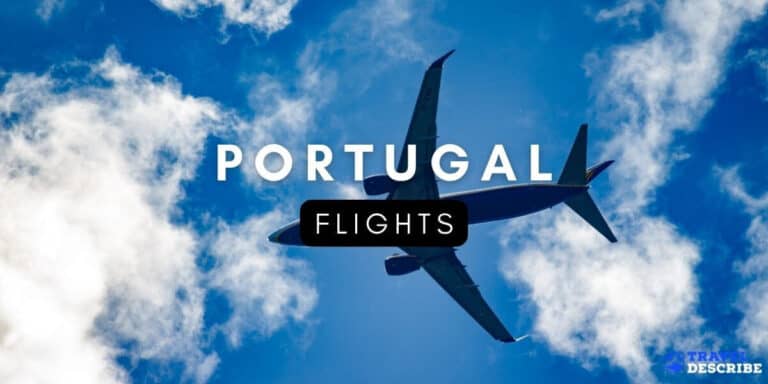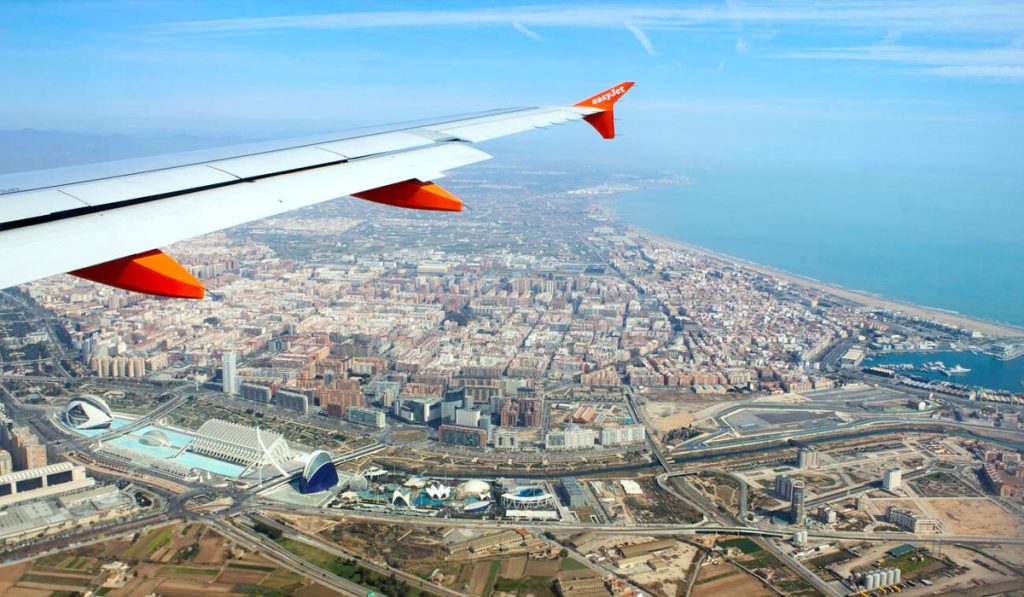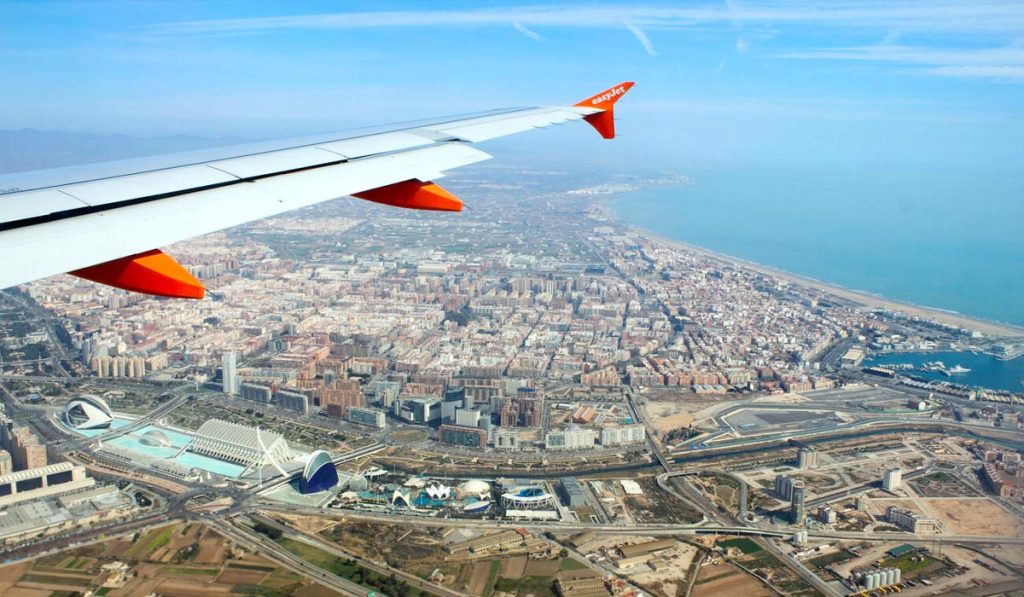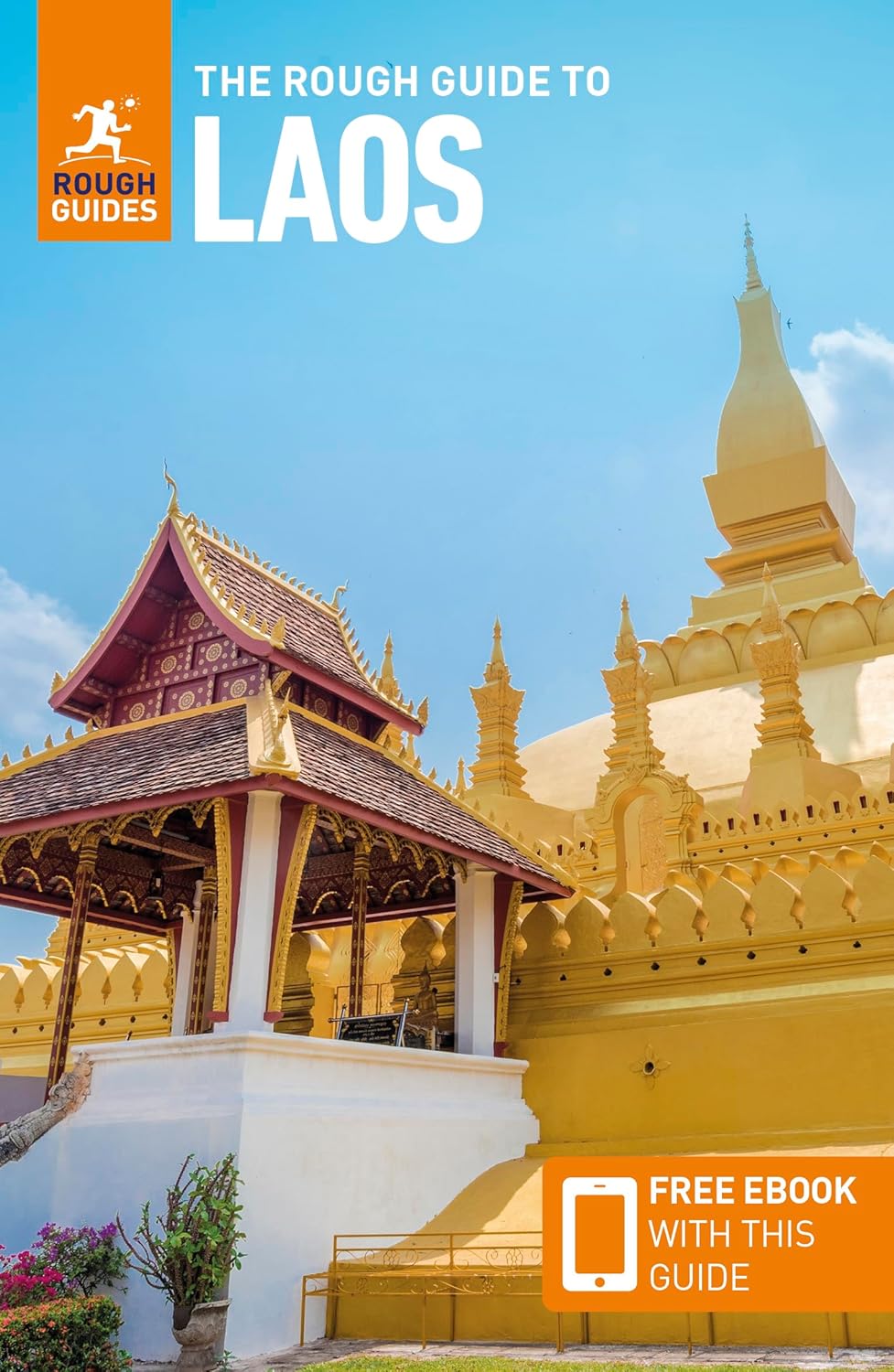
Nestled in the heart of Southeast Asia, landlocked and largely untouched by the frenetic pace of its neighbors, Laos beckons with a quiet allure. Known as the "Land of a Million Elephants," this nation offers a profound escape into a world of ancient traditions, breathtaking natural beauty, and a palpable sense of serenity. From mist-shrouded mountains and emerald rice paddies to gilded temples and the languid flow of the Mekong River, Laos invites travelers to slow down, breathe deep, and discover a different rhythm of life.
This comprehensive travel guide will equip you with everything you need to embark on an unforgettable journey through this captivating land.
A Glimpse into Laos’ Storied Past
Related Articles about Laos: The Land of a Million Elephants and Tranquil Charm:
- A Tapestry of Time and Wonder: Unveiling China’s Best Tourist Attractions
- Discover Denmark: A Guide to History, Hygge, and Unforgettable Experiences
- Japan: An Odyssey Through Timeless Traditions and Modern Wonders
- China: A Journey Through Time, Taste, and Grandeur
- Finland: A Symphony of Nature, Culture, and Arctic Wonders
The history of Laos is a rich tapestry woven with threads of ancient kingdoms, colonial influences, and periods of profound upheaval. Early settlements date back millennia, with evidence of Bronze Age inhabitants. The foundation of the modern Laotian state can be traced to the 14th century with the establishment of the Lan Xang kingdom, meaning "Land of a Million Elephants." This powerful kingdom, centered around Luang Prabang, flourished for centuries, becoming a significant center of Theravada Buddhism and a hub for trade.
In the mid-19th century, Laos fell under French colonial rule, becoming part of French Indochina. This era left an indelible mark on its architecture, administration, and infrastructure. Following World War II, Laos gained independence in 1953, but its subsequent history was marked by internal conflict and the devastating impact of the Vietnam War. The country endured extensive bombing campaigns, the scars of which are still visible in some areas. Since 1975, Laos has been a socialist republic, and while it has embraced economic reforms, it maintains a unique political landscape. This complex history has shaped the resilient spirit and enduring traditions of the Laotian people.
Unveiling the Main Attractions: A Tapestry of Experiences
Laos offers a diverse range of attractions, catering to those seeking spiritual enlightenment, natural wonders, and cultural immersion.
Luang Prabang: The Soul of Laos
Undoubtedly the crown jewel of Laos, Luang Prabang is a UNESCO World Heritage city that exudes timeless elegance. Its charm lies in the harmonious blend of traditional Laotian wooden houses and French colonial architecture, all set against a backdrop of lush greenery and the confluence of the Mekong and Nam Khan rivers.
- Alms Giving Ceremony (Tak Bat): Witness the deeply spiritual daily alms giving ceremony at dawn, where hundreds of monks clad in saffron robes walk silently through the streets collecting offerings of sticky rice from devout locals. This is a profoundly moving experience, but remember to observe with respect and distance.
- Temples (Wats): Luang Prabang is dotted with exquisite temples. The most iconic is Wat Xieng Thong, renowned for its intricate mosaics and sweeping roofs. Other must-visit temples include Wat Mai, Wat Wisunarat, and Wat Aham.
- Mount Phou Si: Climb the 300-plus steps to the summit of Mount Phou Si for panoramic views of the city, the surrounding countryside, and the mighty Mekong. The golden stupa at the peak is a sacred landmark.
- Kuang Si Falls: A breathtaking cascade of turquoise pools perfect for swimming and relaxing, located a short drive from the city. Explore the upper levels for more secluded spots and enjoy the refreshing natural beauty.
- Royal Palace Museum: Housed in the former royal palace, this museum offers a glimpse into the history and lifestyle of the Laotian monarchy.
Vientiane: The Laid-back Capital
Laos’ capital, Vientiane, offers a more relaxed urban experience than many other Southeast Asian capitals. It’s a city where temples and parks are more prevalent than skyscrapers, and the pace of life is refreshingly unhurried.
- Pha That Luang: The most important national monument in Laos, this gilded stupa is a symbol of the nation’s sovereignty and Buddhist faith. It’s particularly stunning when illuminated at night.
- Patuxai (Victory Gate): Inspired by the Arc de Triomphe in Paris, this monument commemorates Laos’ independence. Climb to the top for city views.
- Wat Sisaket: The oldest surviving temple in Vientiane, famous for its cloister adorned with thousands of Buddha images.
- Buddha Park (Xieng Khuan): Located a short distance outside the city, this park features an eclectic collection of giant Buddhist and Hindu sculptures, offering a quirky and fascinating experience.
Vang Vieng: Adventure Amidst Karsts
Once notorious for its wild backpacker scene, Vang Vieng has undergone a transformation, now focusing on ecotourism and adventure activities amidst its spectacular karst landscape.
- Hot Air Balloon Ride: Soar above the dramatic limestone cliffs and emerald rice paddies for an unforgettable perspective.
- Kayaking and Tubing on the Nam Song River: Enjoy a more tranquil experience of the river, taking in the stunning scenery at your own pace.
- Cave Exploration: Discover hidden caves and lagoons, often with opportunities for swimming and exploration.
- Hiking and Trekking: Explore the surrounding hills and enjoy the breathtaking vistas.
Southern Laos: Untamed Beauty and Cultural Encounters
Southern Laos offers a more off-the-beaten-path experience, characterized by pristine nature and a rich cultural heritage.
- 4,000 Islands (Si Phan Don): A serene archipelago in the Mekong River, these islands offer a chance to disconnect and enjoy a slower pace of life. Don Det and Don Khon are popular choices, offering laid-back guesthouses, cycling paths, and the chance to spot rare Irrawaddy dolphins.
- Khone Phapheng Falls: The largest waterfall in Southeast Asia by volume, these powerful cascades are a spectacular display of nature’s force.
- Champasak: Home to the UNESCO World Heritage site of Wat Phou, an ancient Khmer temple complex predating Angkor Wat.
- Bolaven Plateau: Famous for its coffee plantations, lush waterfalls (such as Tad Fane and Tad Yuang), and ethnic minority villages.
Essential Travel Tips for a Seamless Journey
Navigating Laos is a rewarding experience, but a little preparation goes a long way.
- Visa Requirements: Most nationalities require a visa to enter Laos. This can often be obtained on arrival at major airports and border crossings, or applied for in advance at a Laotian embassy. Check the latest requirements for your nationality well before your trip.
- Currency: The official currency is the Laotian Kip (LAK). US Dollars and Thai Baht are widely accepted in tourist areas, but it’s advisable to have some Kip for smaller purchases and in more rural locations. ATMs are available in larger towns, but can be unreliable.
- Language: The official language is Laotian. English is spoken in tourist areas, but learning a few basic Laotian phrases will be greatly appreciated.
- Connectivity: Wi-Fi is available in most hotels and guesthouses, though speeds can vary. Consider purchasing a local SIM card for better connectivity.
- Respectful Dress: When visiting temples, dress modestly. This means covering your shoulders and knees. Remove your shoes before entering any temple building.
- Bargaining: Bargaining is common in markets, but do so politely and with a smile. Prices are generally lower than in neighboring countries.
- Health and Safety: Consult your doctor about recommended vaccinations and malaria precautions before traveling. Drink bottled or purified water only. Laos is generally a safe country, but be aware of your surroundings and take precautions against petty theft.
- Tipping: Tipping is not customary in Laos, but it is appreciated for good service, especially in tourist-oriented establishments.
The Best Time to Visit: Embracing the Seasons
Laos experiences a tropical climate with three distinct seasons:
- Cool and Dry Season (November to February): This is the most popular time to visit. The weather is pleasant, with lower humidity and cooler temperatures, especially in the north. It’s ideal for outdoor activities and exploring the country.
- Hot Season (March to May): Temperatures rise significantly during this period, with high humidity. While still visitable, it can be uncomfortable for strenuous activities.
- Rainy Season (June to October): This season brings higher rainfall, often in short, intense bursts. While it can make some roads impassable, it also brings lush green landscapes and fewer tourists. The Mekong River is at its fullest, offering a dramatic spectacle.
Recommendation: The cool and dry season (November to February) is generally considered the best time to visit Laos for comfortable weather and optimal exploration.
Finding Your Haven: Nearby Hotels and Accommodation
Laos offers a range of accommodation options to suit every budget and travel style.
- Luang Prabang: From luxurious boutique hotels nestled in heritage buildings to charming guesthouses along the Mekong, Luang Prabang offers a wide selection. Consider staying near the night market for easy access to food and shopping, or a bit further out for more tranquility.
- Vientiane: The capital has a good range of hotels, from international chains to more local and budget-friendly options. Areas around the Mekong River and the city center are convenient.
- Vang Vieng: Accommodation has evolved from basic backpacker hostels to more comfortable hotels and resorts, many with stunning views of the karst landscape.
- 4,000 Islands: Expect simple bungalows, guesthouses, and homestays, offering an authentic island experience.
Examples of Accommodation Types:
- Luxury Hotels: Amantaka (Luang Prabang), Crowne Plaza Vientiane.
- Boutique Hotels: Belmond La Résidence Phou Vao (Luang Prabang), The Luang Say Residence (Luang Prabang).
- Mid-Range Hotels: Many comfortable and well-located options in all major towns.
- Guesthouses and Bungalows: Abundant in Luang Prabang, Vang Vieng, and the 4,000 Islands for budget travelers.
A Culinary Journey: Savoring Laotian Flavors
Laotian cuisine is characterized by its fresh ingredients, aromatic herbs, and a delightful balance of sweet, sour, salty, and spicy flavors. It shares some similarities with Thai and Vietnamese food but possesses its own distinct identity.
- Sticky Rice (Khao Niao): The staple of every Laotian meal, served in woven baskets. It’s eaten by hand, rolled into small balls.
- Laap (Larb): A minced meat salad (chicken, pork, beef, or fish) seasoned with lime juice, chili, herbs, and toasted rice powder. It’s considered the national dish.
- Tam Mak Hoong (Green Papaya Salad): Similar to Thai Som Tum, but often with fermented fish sauce (padaek) and a distinct local twist.
- Or Lam: A hearty stew made with vegetables, meat, and unique Laotian spices like sansai and sakhan.
- Mok Pa: Fish steamed in banana leaves with herbs and spices.
- Khao Piak Sen: A delicious noodle soup, often served for breakfast.
- Sai Oua (Laotian Sausage): Pork sausage seasoned with lemongrass, chili, and other herbs.
- Local Beer: Beerlao is the ubiquitous and refreshing national beer, perfect for a hot day.
Where to Eat: Explore local markets for authentic street food, try restaurants for a more refined experience, and don’t miss the opportunity to sample home-cooked meals if invited.
Navigating Laos: Transportation Options
Getting around Laos can be an adventure in itself, offering unique insights into the country’s landscapes and daily life.
- Air Travel: The most efficient way to travel between major cities like Vientiane, Luang Prabang, and Pakse. Lao Airlines is the primary domestic carrier.
- Buses: A popular and affordable option for inter-city travel. Buses range from comfortable VIP coaches to more basic local buses. Journeys can be long and winding, especially in mountainous regions.
- Boats: Cruising the Mekong River is an iconic Laotian experience. Slow boats offer a leisurely way to travel between towns like Luang Prabang and Huay Xai, providing stunning scenery and opportunities to observe riverside life. Speedboats are faster but more expensive and can be a bumpy ride.
- Tuk-Tuks and Songthaews: These open-air taxis are common for short distances within towns and cities. Negotiate the fare before you start your journey.
- Motorbike Rental: Available in many tourist areas, offering flexibility for exploration. However, roads can be in poor condition, and traffic can be unpredictable. Always wear a helmet and ensure you have the appropriate license and insurance.
- Bicycles: An excellent way to explore towns like Luang Prabang and the 4,000 Islands at your own pace.
- Private Taxis and Minivans: Available for hire, offering comfort and convenience, especially for groups or longer journeys.
The Enduring Allure of Laos
Laos is a destination that rewards those who seek authenticity, tranquility, and a genuine connection with a different culture. It’s a land where time seems to move a little slower, where the smiles of the people are as warm as the tropical sun, and where the natural beauty is as profound as its rich history. Whether you’re seeking spiritual solace in ancient temples, embarking on an adventurous trek through lush landscapes, or simply wishing to unwind by the gentle flow of the Mekong, Laos promises an unforgettable journey that will linger in your heart long after you depart. Embrace the serenity, savor the flavors, and discover the magic of the Land of a Million Elephants.
